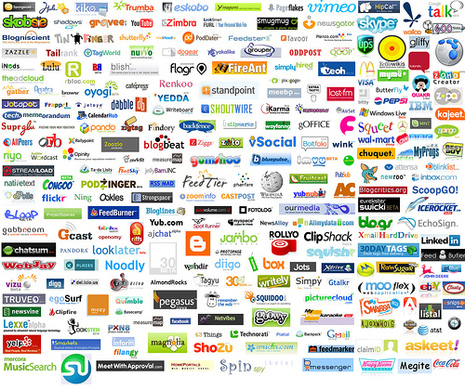
Top Tips For New Marketeers
It is after much deliberation and even consulting with colleagues, that I have decided to write a few of my top tips for people starting out in a career in Marketing. Marketing can be quite daunting to outsiders or those about to embark in a career in the discipline, so help is always needed. I was worried that younger people setting out on their journey might look at something from an old fart like me and think, how is that relevant. But people did say, “your experience is amazing and to have advice from a well respected professional would be valuable” to quote one person.
So here I am, with a feeling of endorsement for the post in hand, I bring you my top tips. If you want text book, intellectual, corporatisms you can quote to show everybody how smart you are, look elsewhere. This is real and personal advice from the heart and just playing to my experience.
Feel free to comment. Add your own. Or even just criticise this, I have a thick skin.
1.Don’t chase money or titles
It can be really tempting to chase a job with a great title or the most money. That is sometimes the case even later in your career, but its not the best thing. Your first job is critical, but ever move you make throughout your career should be for a reason. Pick a first job you believe you will be passionate about. Good employers will forgive a lack of experience or naivety for somebody that is passionate about their role and their company. The next step is one that is critical. I have seen many people early in their career demand more money or a promotion so early on, often before they have really proven themselves. Early on, sacrifice money and titles for the space to learn. If you aren’t developing or improving thats the time to think about a new role either within the company or elsewhere. But as with that first role, pick something that is right for you and plays strategically in to where you want you career to go.
2. When negotiating with third parties never accept the first offer
Salespeople, agencies and pretty much anybody in a commercial role will be trying to maximise the return for their employer and often for themselves. Us Brits aren’t great at negotiating or bartering. But this is key. Create value for your employer by never accepting the first offer and rarely accepting the second. If you can’t move on price, try to negotiate something extra. Its not cheeky. Its nor insulting, its business. The place I most learned what is possible was at boohoo, where every penny was counted as if it was our own, and possibly the best (and cheekiest) negotiator I have ever encountered was the then CEO Mahmud Kamani. I would sometimes cringe at his approach and think demands were unbelievable, but it nearly always got results.
3. Don’t compromise yourself
In any situation, never forget who you are. Yes it can be difficult climbing that corporate ladder. You will see people creating fake friendships to help them get on. The corporate laugh is penetrable when the boss makes a laugh. The tell tale brown nosing is visible from a mile off. It might help you, but you need to feel you have earned what you get and on merit. You need to feel comfortable that you have been true to yourself. If you can’t be, maybe the place isn’t right for you.
4. Build your network
As you progress in your career, a network is really important. I don’t just mean loads of connections on LinkedIn, take the time to speak to people, learn and show a willingness to listen. Your contacts will help you in future career moves, but more importantly a network of relevant people you can trust and know will do a good job, is priceless as you move onwards and upwards in your career.
5. Lose any arrogance
Arrogance and thinking that because you have an amazing degree or some experience, is one of the worse traits. Have confidence in what you know, demonstrate your ability and knowledge but don’t push it further than is necessary, which links in to
6. Always learning
Accept you are never the finished article. I have been doing this for years, across various roles, business and industries. Even at a Director or CMO level I am still learning. Never refuse opportunities to develop, even if you feel it is outside your immediate discipline always learn. It could be from your colleagues in finance that can shape your commercial acumen. It could be colleagues in the HR department that help you understand have people behave. It could even be as simple as the receptionist who has a different view of the world to you, which helps you have a more rounded perspective.
7. Understand your offer and your customer
The text book definition of marketing, effectively focuses on identifying customer needs and responding to that need with that they want. So to play true to this, take time to learn about the company and products or services you are marketing. Go above and be the most informed person you can be. Ask the stupid questions, that everybody else won’t ask. Really live who your customer is, learn what makes them tick and understand what is relevant to them. You can do this without masses of research as long as you understand who they are.
And finally
8. Be results focussed
When I mentioned this to most people, they immediately think about the trackable, e.g. what sales can be achieved or what ROI is acceptable. With any spend quantifiable objectives or targets should be set. But this is equally show you are somebody that can deliver. Find out the pains of your team, your manager or the organisation and see if you can influence solutions to those. Or simply show a great can-do attitude, rather than being that one that finds a million excuses or reasons why something can’t be done.
There are two types of people. Radiators and drains. Don’t be a drain
If you got this far, well done, thats quite a lot of commitment. I hope you found it useful, interesting or at the very least allowed you to lose some time. Please let me know what you think and share with anybody you think might benefit.


